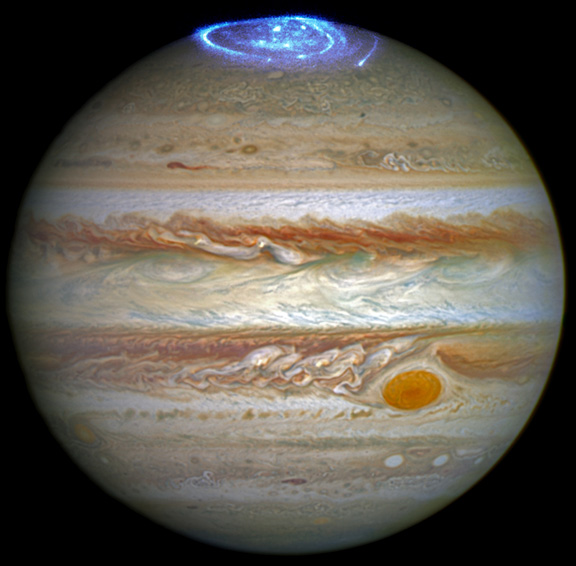“We knew, going in, that Jupiter would throw us some curves. ...There is so much going on here that we didn’t expect that we have had to take a step back and begin to rethink of this as a whole new Jupiter.”
- Scott Bolton, Ph.D., Juno Principal Investigator,
Southwest Research Inst., San Antonio, TX

Click here to subscribe and get instant access to read this report.
Click here to check your existing subscription status.
Existing members, login below:
© 1998 - 2025 by Linda Moulton Howe.
All Rights Reserved.

